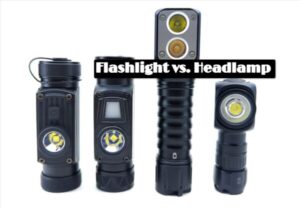All that you wanted to know about the diagnosis and treatment of sleep apnea
Although it may sound surprising, but it is true that millions of people in the US repeatedly stop breathing when they sleep at night. Yes, this happens because they suffer from a condition known as sleep apnea that causes complete or partial blockage of the upper airway that affects that base of the tongue and the soft palate. It can also occur if the brain stem generates a weak signal to initiate a breath. Each incident can last maximum for 10 seconds and can repeat hundreds of times in one night.
In this article, we will discuss obstructive sleep apnea – symptoms, diagnosis, and treatment.
The symptoms
It might not be easy to detect a pause in breathing that happens very briefly, there are several other symptoms of sleep apnea. From loud, chronic snoring, gasping or choking during sleep, going to the toilet frequently to urinate, teeth grinding or clenching and going up to nocturnal heartburn, night sweats and dry throat or mouth on awakening are all signs of sleep apnea. Besides, some may experience nocturnal palpitations, insomnia, and frequent nighttime awakening, feel irritated, morning headache, short-term memory or learning problems as well as depression and changes in mood.
Some of these symptoms may appear in people while children experience other problems like attention deficit hyperactivity disorder (ADHD), restless sleep, and growth problems.
Diagnosis
A qualified board-certified sleep apnea physician is the right person to diagnose the condition by undertaking a physical examination of the patient and evaluating his or her medical history. The only tests required to diagnose sleep apnea are attended diagnostic polysomnogram done in a testing center or a home sleep apnea test. Also, there are some standard diagnostic tests such as Multiple Sleep Latency Testing (MSLT), Overnight Oximetry, Maintenance of Wakefulness Test (MWT), sleep log, and Epworth Sleepiness Scale. After the first two tests, the physician decides about the need for additional tests.
Treatment
The physician works on a trial and error method to ascertain the right type of treatment. There are three common treatments – Continuous Positive Airway Pressure (CPAP), Bilevel Positive Airway Pressure (BiPAP) and Chinstrap.
CPAP – This is the most applied treatment that consists of using a CPAP mask. Pressurized air flows continuously through the mask to open the airways when the patient is sleeping. Keeping the CPA clean is very important.
BiPAP – The treatment is more or less similar to CPAP and used sometimes. As the name suggests maintaining Bilevel Positive Pressure becomes possible by sending two types of pressurized air through the mask with one type flowing during inhalation (breathing in) and the other type flowing during exhalation (breathing out).
Chinstraps – The device can be used alone or together with CPAP, and its purpose is to prevent mouth breathing.
However, the choice of treatment also depends on how well the patient tolerates it. For those who are unable to tolerate CPAP, the physician may advise some alternative treatments like positional therapy, using some oral appliances or surgeries. To overcome daytime sleepiness during the treatment, doctors may use drugs like Ritalin, Nuvigil, and Provigil.








